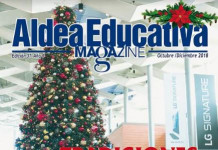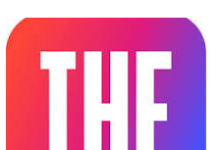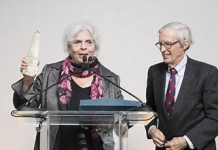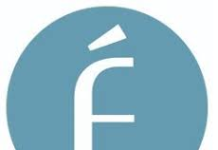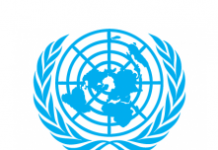By Aimara Acevedo
In analyzing educational technological advances there is a mistake of linking technology with the use of computers in the classroom. Technology goes far beyond the use of the computer, when we recall the history of education, what is remembered as the traditional technological learning method for excellence in education that was used in a classroom, was chalk and blackboard. Currently, in some institutions worldwide teachers keep using those resources when teaching.
By changing the context, students and the same teacher, it is inevitable that technology changes in the pursuit of meeting the needs of key players in the process of teaching and learning. Experts in the field of Educational Technology, in relatively recent studies have identified trends as has evolved the way in which the user-student-teachers are related with technology resources.
The best known trends are called web 1.0, 2.0 and 3.0. Web 1.0 is one where the user must be a technological expert or have that expert who can develop or make changes; precisely for that reason it is a static website. Both the student and the teacher had to work with the inputs already published without the option to modify or publish any content, example is the traditional web pages that can only be edited by expert programmers.
You may also interested in The University: A look of technology, ubiquity and excellence
In the case of Web 2.0, as well as the history, it is a democratic website where students and teachers can create, publish, modify, express and develop different inputs or ready technology products to be seen by other individuals . A clear example of this are the social networks. No need to be an expert to have their own website or participate in various discussions both nationally and internationally. The relationship between technology and the student-teacher changed to one where the only truth does not possess a single person but is the consensus of truths that can be discussed in a common space.
Web 3.0 is the Semantic Web, one where the network achieves interpret what the student-teacher want from the various decisions previously made. Scholars in the field believe that the semantic web and others say the opposite is. An example of this could be Facebook and Google, leave the audience the decision to validate as semantic web.In short, it is humanity that from their own needs which involves changes in technology, technology to respond to their own needs and changes that every individual and the social context itself has, the teacher is not excluded it ends up being an actor who must adapt and avoid being marginalized in the historical process. After these trends reflect what you think are the changes that awaits education and how technology integrates think? Is the disappearance of the classroom, the teacher?
Sourse: Aldea Magazine Edition 28




